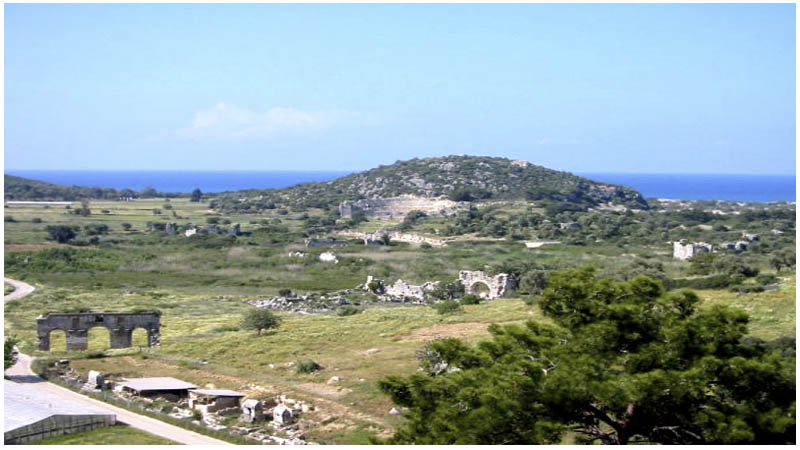Aside from being a gorgeous city even in its state of ruin, the remaining stones of Patara have a magnificent story to share: a tale that involves such names as Alexander the Great, the Olympian deity Apollo, and St. Nicholas.
According to legend, Patarus, the son of Apollo, founded the city southeast of the River Xanthos in what was then the region of Lycia. The city was significant at the time because of the oracle of Apollo, as well as its magnificent temple. It is said that the first settlers of the city were the Dorians, who came from Crete and were worshipers of Apollo.
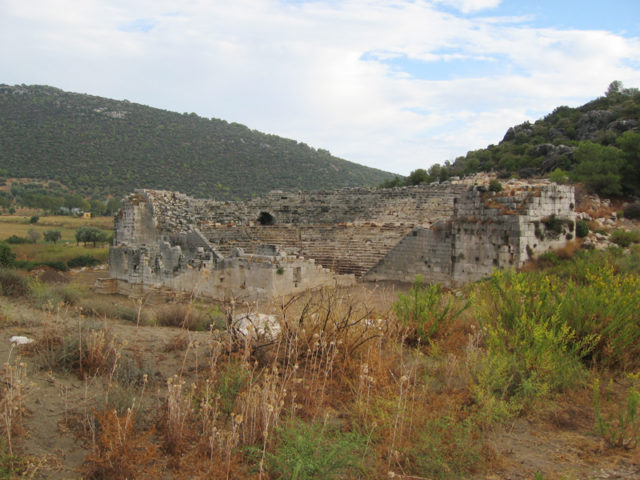
As Patara had a natural harbor on Turkey’s Mediterranean coast, it immediately became the leading city of the Lycian League and the dominant seaport in all of Lycia.
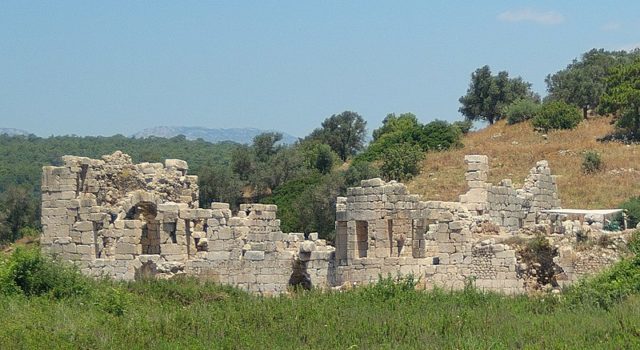
The city prospered well until the year 333, when Alexander the Great captured the region. After Alexander, Macedonian general Antigonus the One-eyed led the city, followed by Demetrius I of Macedon.
During the time of Ptolemy II Philadelphus, the city received the name Arsinoe – in honor of Queen Arsinoe II of Egypt – and was further enlarged. But despite this, it continued to be known as Patara.
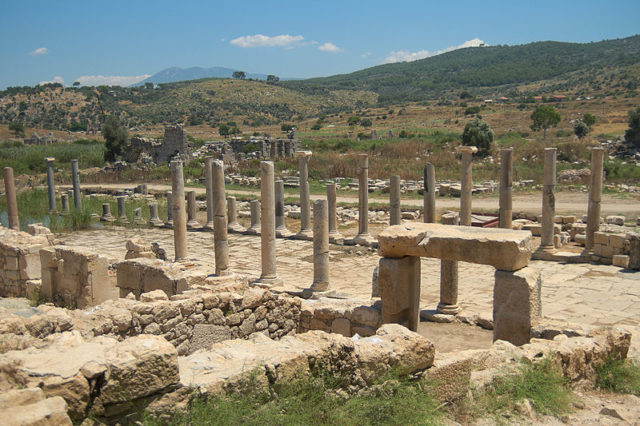
Around 196 BC, the city fell under the rule of Antiochus III the Great. A century later, it fell to the mighty army of Mithridates IV of Pontus. Around 43 AD, the city of Patara was finally added to the register of the Roman Empire as part of the Pamphylia region.
The city was known across the world and was even mentioned in the New Testament. It was in Patara that Luke the Evangelist and Paul of Tarsus managed to change ships on their journey to Jerusalem: “we ran with a straight course and came to Cos, on the next day to Rhodes, and from there to Patʹa·ra,” Acts 21:1.
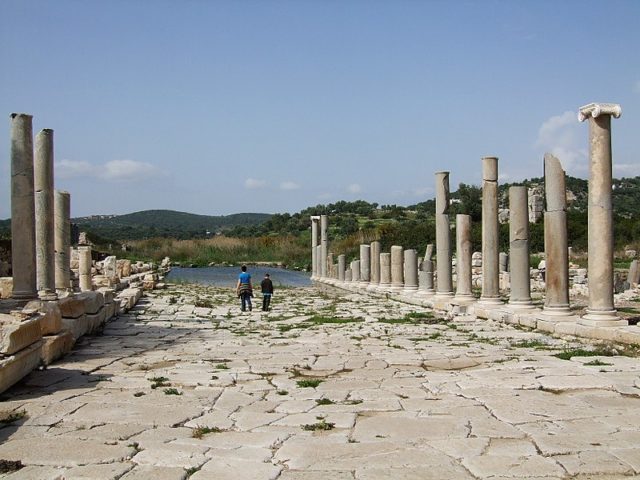
With time, the city became dominated by Christians. Around 280 AD, Patara witnessed the birth of a little boy who was named Nicholas and would later become known as St. Nicholas, and eventually Santa Claus.
According to researchers, St. Nicholas died on December 6, 343 AD. In his birth town of Patara, St. Nicholas performed a number of miracles and cared for all – especially for the poor and their children. The practice of giving gifts to poor children that behaved well is what led to the creation of the story of Santa Claus as we know it today.
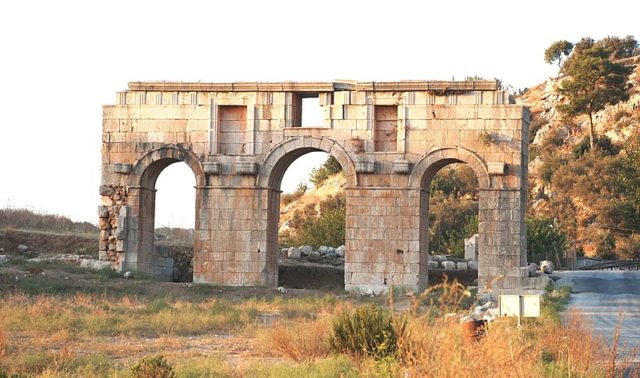
During the time of the Byzantine Empire, the city served as an important trade route. The end for Patara came during the war between the Byzantines and the Turks. Many residents left and it was mostly abandoned. Time then did its work on the remains of the once-prosperous city.
Today, Patara is a plethora of ruins, which each have a story to tell and have witnessed many important moments in history. The remains of the theater that can be seen was erected during the rule of Antoninus Pius and had 30 rows of seats. The theater stands nearby to the ruins of the temple. The city was once encircled by walls and there are still traces of them left, as well as evidence of many stone sarcophagi outside the walls.
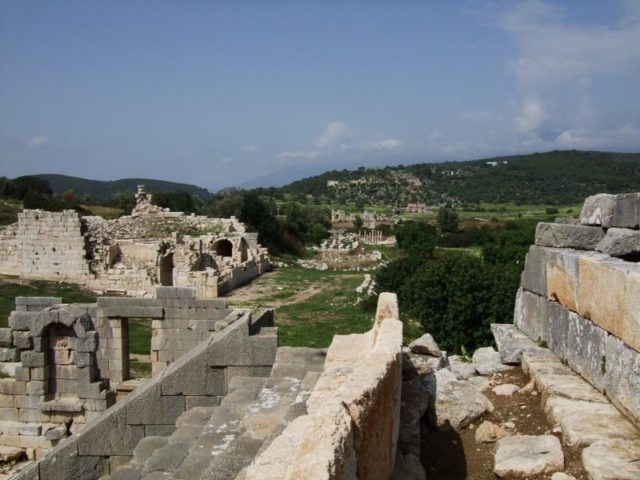
Most of the harbor is now nothing more than a swamp. Archaeologists also uncovered the remains of thermae (hot baths) that were, according to an ancient inscription, constructed during the time of Emperor Vespasian.
In 1993, the Miliarium Lyciae, a Roman milestone with a pillar-like shape, was unearthed in Patara. It served as an Ancient Roman public road map, or itinerarium, and is dedicated to Emperor Claudius.
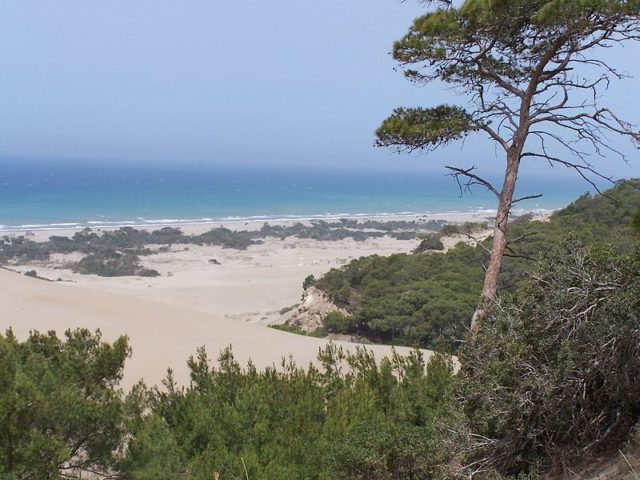
Today, the city of Patara is a famous tourist destination. Great numbers of visitors come to the area, most of whom come to experience the 11 miles long Patara Beach.
